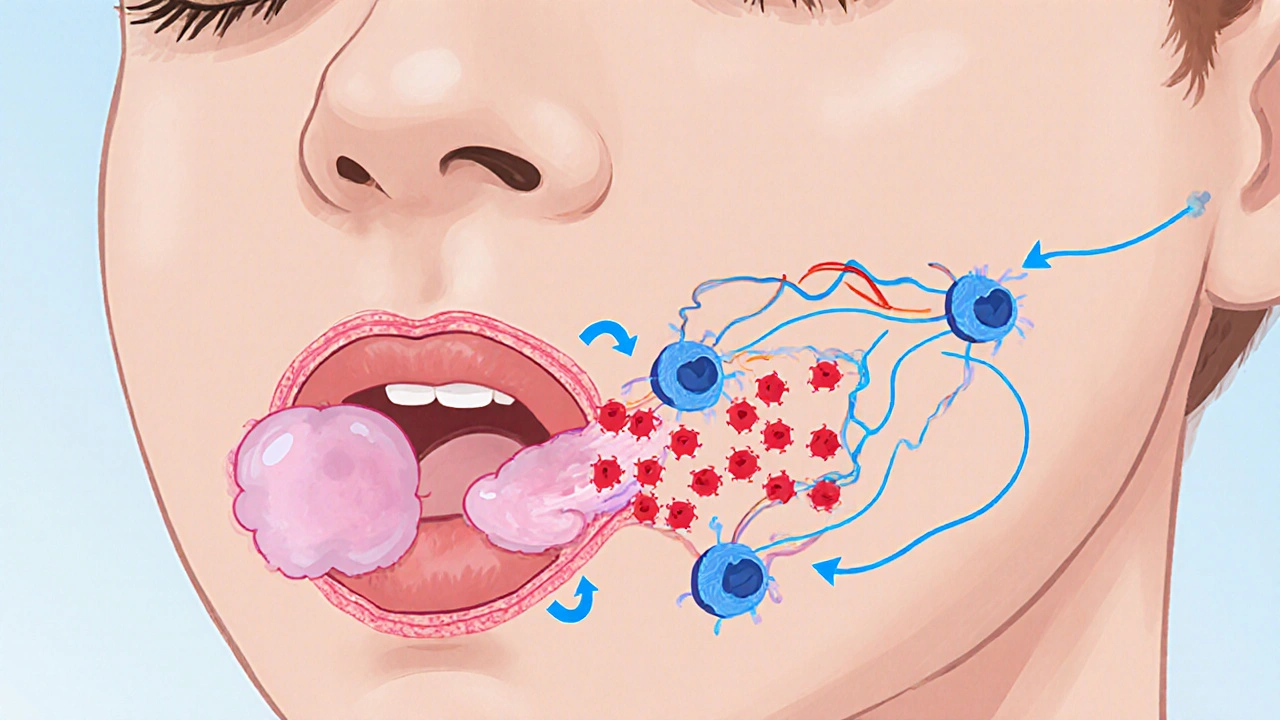Explore how angioedema relates to the immune system, its triggers, diagnosis, and targeted treatments for different types of swelling.
MoreHereditary Angioedema – What You Need to Know
When learning about hereditary angioedema, a rare genetic disorder that causes sudden swelling of the skin, mucous membranes, and internal organs. Also known as HAE, it stems from a deficiency or dysfunction of the C1 esterase inhibitor protein, the condition can feel unpredictable and scary. The hereditary angioedema puzzle fits together like this: a faulty C1 esterase inhibitor lets bradykinin run unchecked, leading to fluid leakage and swelling. Because the problem is genetic, family members often share the same risk. Understanding that the root cause is a protein shortfall helps you see why replacement therapies work and why avoiding certain triggers matters.
Key Triggers and How They Spark an Attack
One of the biggest drivers of an episode is bradykinin. This tiny peptide tells blood vessels to widen, and in HAE it builds up far beyond normal levels, causing the characteristic swelling. Common triggers that push bradykinin levels up include stress, hormonal changes, minor trauma, and especially medications that block the enzyme ACE. ACE inhibitors, used for blood pressure, actually prevent the breakdown of bradykinin, so they can turn a mild irritant into a full‑blown attack. Knowing this link lets patients steer clear of risky drugs and plan for situations that might raise stress—like surgery or intense exercise. The more you recognize the cause‑effect chain, the better you can pre‑empt an attack before it starts.
The treatment landscape has grown fast in recent years. On‑demand options like icatibant, a bradykinin‑B2 receptor blocker, stop swelling in minutes by cutting off the signal that tells vessels to leak. Long‑term prophylaxis often uses purified or recombinant C1 esterase inhibitor concentrates, which replenish the missing protein and keep attacks at bay. Some patients still rely on older approaches like androgens or fresh‑frozen plasma, but newer drugs tend to have fewer side effects. The strategies echo what you see in other rare conditions—target the root cause, manage triggers, and have a rescue plan ready. Below you’ll find a mix of articles that dive deeper into genetic disorders, medication safety, and practical care tips, giving you a well‑rounded view of how hereditary angioedema fits into the broader world of health management.

